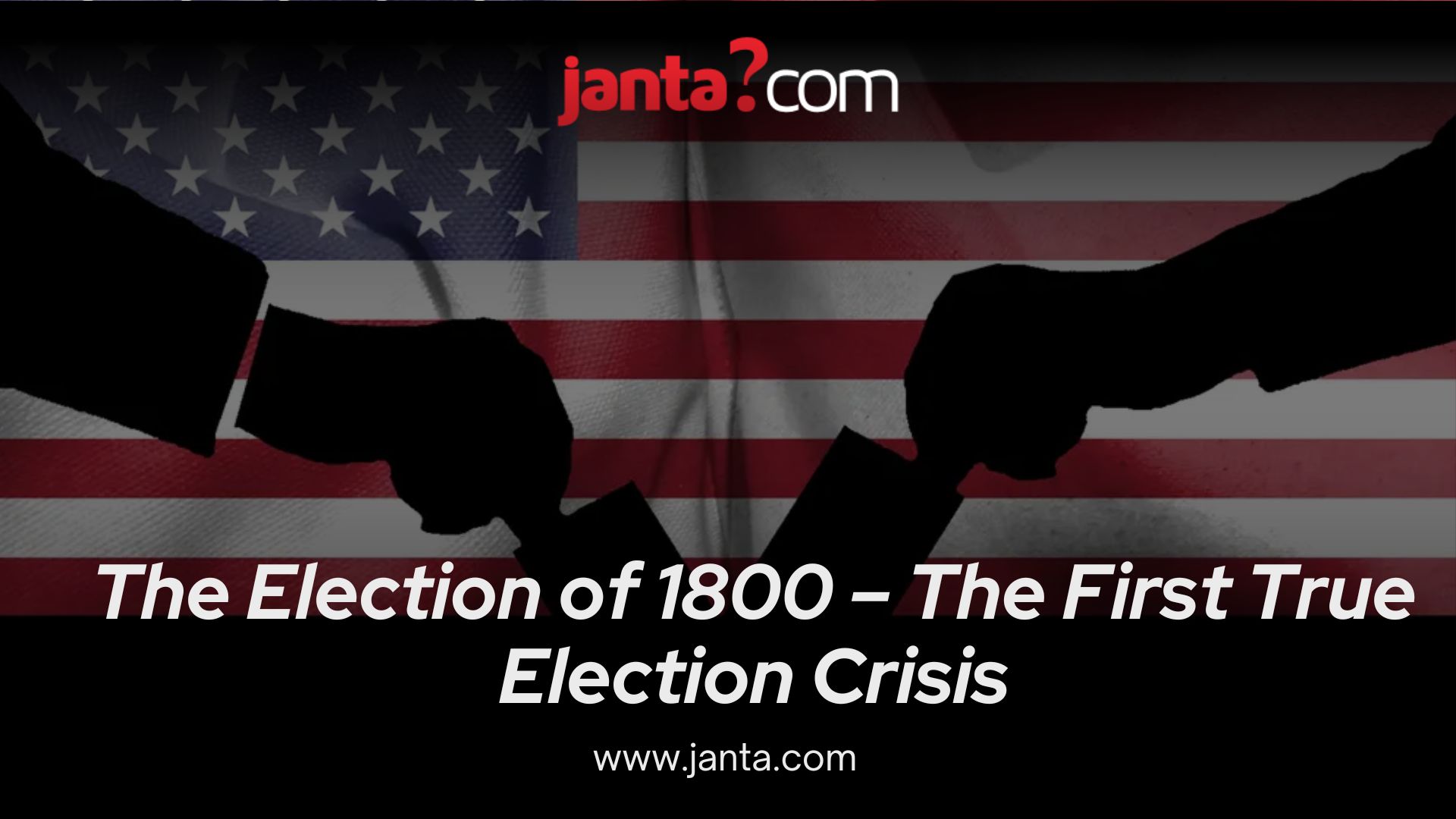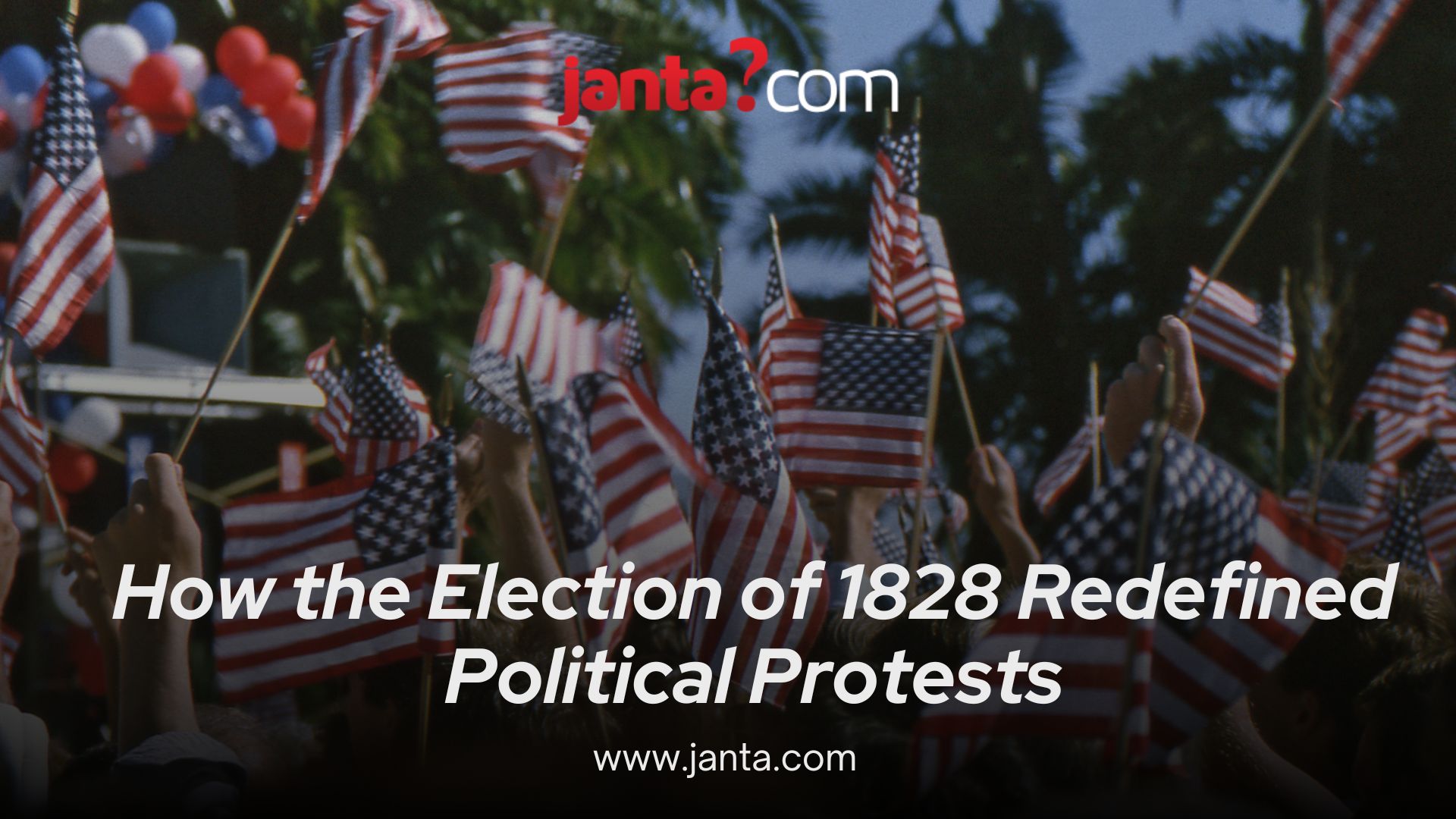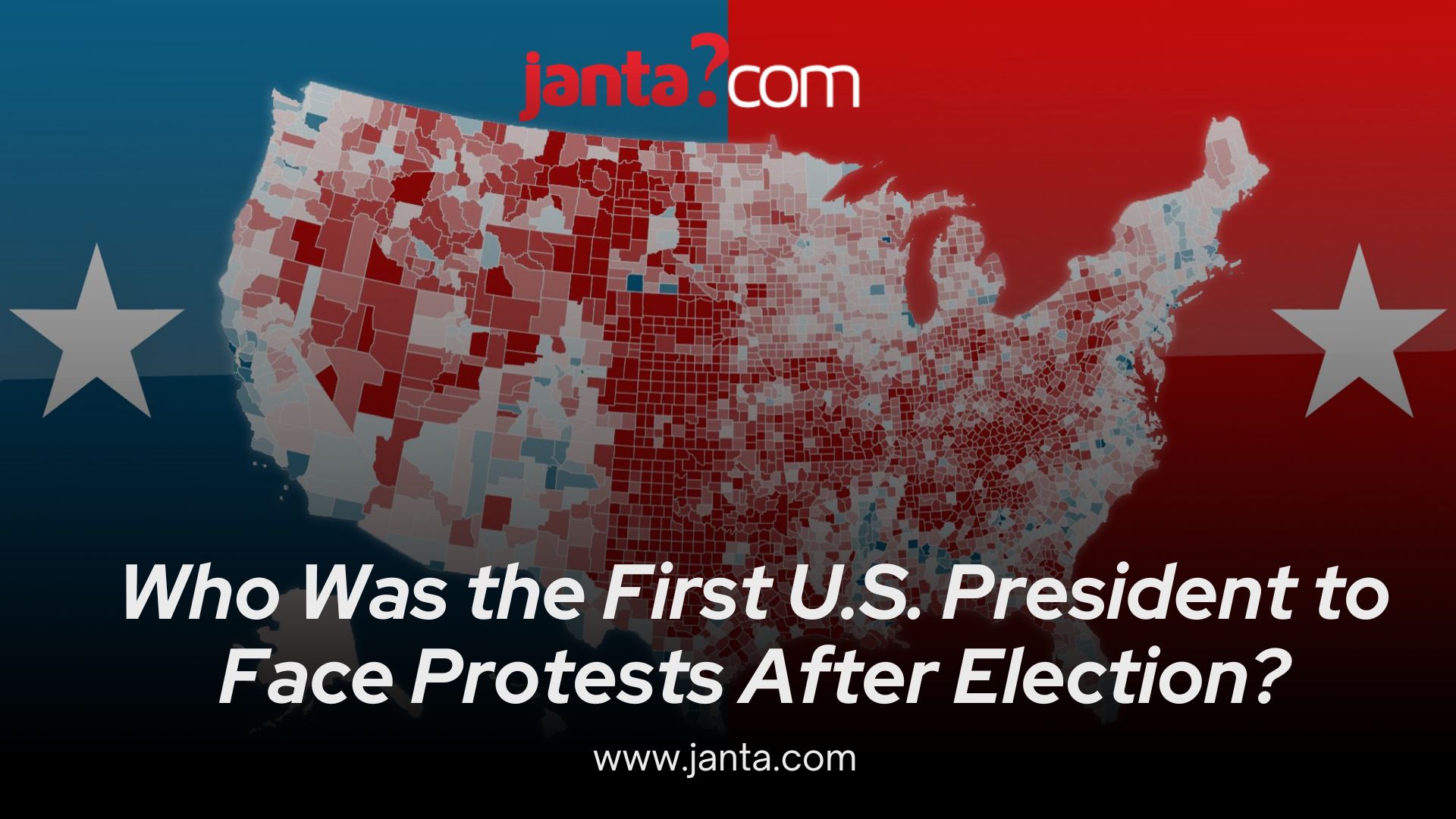Andrew Jackson was the first U.S. president to face widespread protests immediately after his election. Elections are vital to democracy, often eliciting strong public reactions. This blog explores the origins of election-related dissent in America, tracing key moments that led to Jackson’s presidency and the protests that followed.
Read on to discover how these early events shaped American political history.
The Political Climate of Early U.S. Elections
In the early years of the United States, elections were markedly different from today’s heavily covered events. With a smaller electorate and a simpler electoral process, only land-owning white males had the right to vote. Political parties, initially viewed as divisive by the Founding Fathers, began to play a significant role. This period saw the emergence of the Federalists and the Democratic-Republicans, setting the stage for early political dissent.
John Adams and the Election of 1796
John Adams became the second president of the United States after a contentious election in 1796. His narrow victory over Thomas Jefferson marked the first significant political rivalry in U.S. history. While the election itself did not lead to large-scale protests, it highlighted growing divisions between political factions. Adams’ presidency, marked by the controversial Alien and Sedition Acts, set the stage for more intense future political disputes.

The Election of 1800 – The First True Election Crisis
The election of 1800 was a pivotal moment, featuring a dramatic showdown between Thomas Jefferson and John Adams. A tie in the Electoral College between Jefferson and his running mate, Aaron Burr, created a crisis that led to the passage of the 12th Amendment. For a detailed analysis, check out our blog on how the election of 1800 led to the 12th amendment to the U.S. constitution.
The Rise of Political Protests in the Election of 1824
Many expatriates maintain ties to the U.S. through voting, paying taxes, and staying in touch with loved ones, although navigating different time zones and financial obligations can pose challenges.

How the Election of 1828 Redefined Political Protests
The 1828 rematch between John Quincy Adams and Andrew Jackson was one of the most contentious elections in U.S. history. The bitter campaign and widespread protests reflected a shift towards more vocal and organized political dissent. Jackson’s presidency would be marked by continued protests and public dissent, setting a precedent for future elections.
Andrew Jackson – The First President Elected Amid Protests
Andrew Jackson is considered the first U.S. president elected amid widespread protests. His controversial policies, including the Indian Removal Act and opposition to the National Bank, sparked significant public dissent. Jackson’s presidency demonstrated the growing influence of populist movements and highlighted the role of protests in shaping American politics.
Why Election Protests Matter in U.S. Democracy
Election protests reveal underlying societal tensions and provide a means for citizens to express dissatisfaction with the political system. Throughout U.S. history, these protests have influenced political discourse and policy decisions, underscoring the importance of public opinion in democracy.
Modern Comparisons – Election Protests in the 21st Century
Recent elections, such as those in 2000, 2016, and 2020, have seen significant protests, amplified by social media. While the nature of protests has evolved, the core issues—dissatisfaction with outcomes and electoral integrity—remain consistent. For more insights on political trends and analysis, follow Janta.com.
